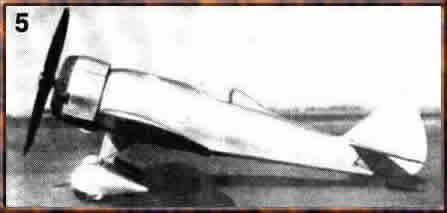The aircraft made its first flights in early 1934 and right from the beginning it demonstrated its outstanding qualities. With a top speed of 375 km/h in level flight, the IAR-15 was very fast for its time and climbing speed was excellent as well, with just 8 minutes needed to reach a 5000 meters altitude.

Maneuverability was also good, although it wasn't yet equal to that of the nimble PZL P-11. The IAR-15 was, without doubt, capable of intercepting any bomber of the day ; furthermore, test pilots and engineers alike stated that their fighter had shown itself to be more than a match for any other monoplane or biplane fighter in service at that time.Unfortunately, the ARR leaders, although they appreciated the aircraft's capabilities, didn't believe that their fighter squadrons needed it. With the PZL P-11 in service for less than a year, it was believed that it would be too difficult and too expensive to have two different types of fighters in service at the same time. Only five ( or six ) IAR-15 were ordered instead of the large orders that the IAR had expected. They were manufactured between 1934-1935, with only a couple of modifications : a three-blade metal propeller replaced the original two-blade wooden airscrew, and additional instruments were fitted on the instrument panel.